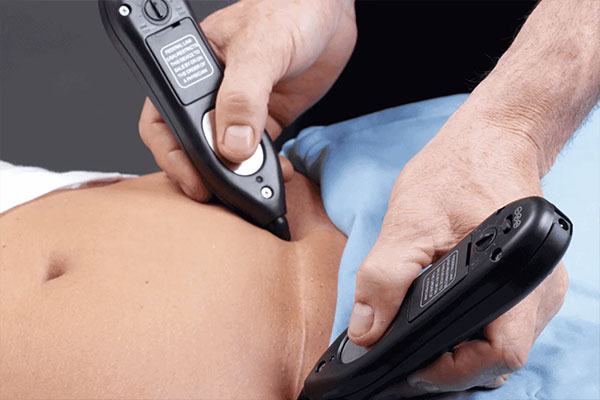My experience with MPS started about a year ago at the CMMOTA conference in Calgary. Joseph Daher, the instructor, was offering short demo sessions at his table. Curious, I politely asked if I could try one.
That’s when I first saw the device—called the Dolphin. At first, I couldn’t figure out what to think of it. But the best way to make up your mind about something new is to give it a try.
After just 10 minutes of treatment, I felt like a million bucks. That moment made me truly intrigued.
The Stories Behind MPS
After the session, I spoke with Joseph about his practice. He told me a fascinating story: how he had treated Parkinson’s patients using MPS. In fact, they even attempted to conduct formal research to prove the device’s effectiveness. Unfortunately, the effort collapsed after the FDA required double-blind, placebo-controlled studies—an expensive and complicated process.
Still, the anecdotal evidence was strong. Joseph had seen some truly “magical” recoveries.
Why People Are Curious About MPS
Now, it’s true—MPS isn’t studied or tested at the same scale as pharmaceutical treatments. But there is one big difference: the side effects.
Unlike medications that often carry risks, the side effects of MPS tend to be positive. At worst, nothing changes. At best, people report relief, improved function, and sometimes remarkable recovery.
And when it comes down to it, most people aren’t really asking about exact statistics. The most important question is simple:
“Will it work for me?”
My answer is: try it and see. After all, nobody ever died from releasing a trigger point.
⚠️ Disclaimer: This article reflects personal experiences and stories related to Micro-current Point Stimulation (MPS). It is not intended as medical advice or a substitute for professional healthcare. If you are considering MPS, consult with a qualified practitioner and your healthcare provider to determine if it’s appropriate for you.

